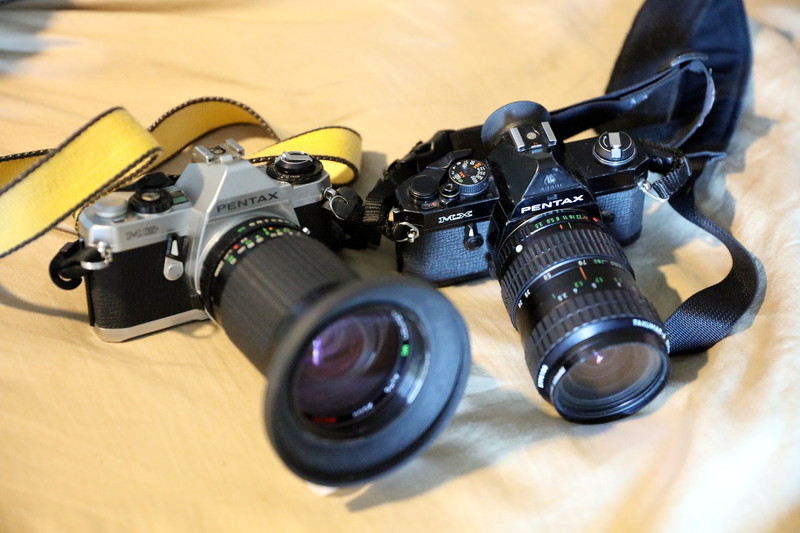seany65
Well-known
Has any bit of kit surprised you in any way, good or bad?
I ask because the charity shop I volunteer at recently received a "Prinzflex 500", (which I believe is a Zenit B that was re-badged for Dixons in the UK), and when I put my pentacon 50mm on it I was surprised at how bright the screen was and even more so by how easy it was to see when the lens was in focus.
a week or so later we got a Hanimex 135mm f2.8 lens in, which has a very slow acting Iris so it's no use for a camera that needs to close the lens down itself, so I tried it on the Prinzflex in the shop, which isn't very bright and was a dull day, and it was just as easy to focus.
I'd always had the impression that Zenit viewfinders were dark and dingy, and having seen so many slr viewfinders that have "plain screens" around the focusing aids and noticed that said "plain screens" were not a lot of use for focusing, had thought that zenits would be harder to focus than say a praktica or even my nikon f301, but I was wrong.
I nearly forgot to mention that my Praktica fx 2 also surprised me with how bright it's plain focusing screen is.
I ask because the charity shop I volunteer at recently received a "Prinzflex 500", (which I believe is a Zenit B that was re-badged for Dixons in the UK), and when I put my pentacon 50mm on it I was surprised at how bright the screen was and even more so by how easy it was to see when the lens was in focus.
a week or so later we got a Hanimex 135mm f2.8 lens in, which has a very slow acting Iris so it's no use for a camera that needs to close the lens down itself, so I tried it on the Prinzflex in the shop, which isn't very bright and was a dull day, and it was just as easy to focus.
I'd always had the impression that Zenit viewfinders were dark and dingy, and having seen so many slr viewfinders that have "plain screens" around the focusing aids and noticed that said "plain screens" were not a lot of use for focusing, had thought that zenits would be harder to focus than say a praktica or even my nikon f301, but I was wrong.
I nearly forgot to mention that my Praktica fx 2 also surprised me with how bright it's plain focusing screen is.


